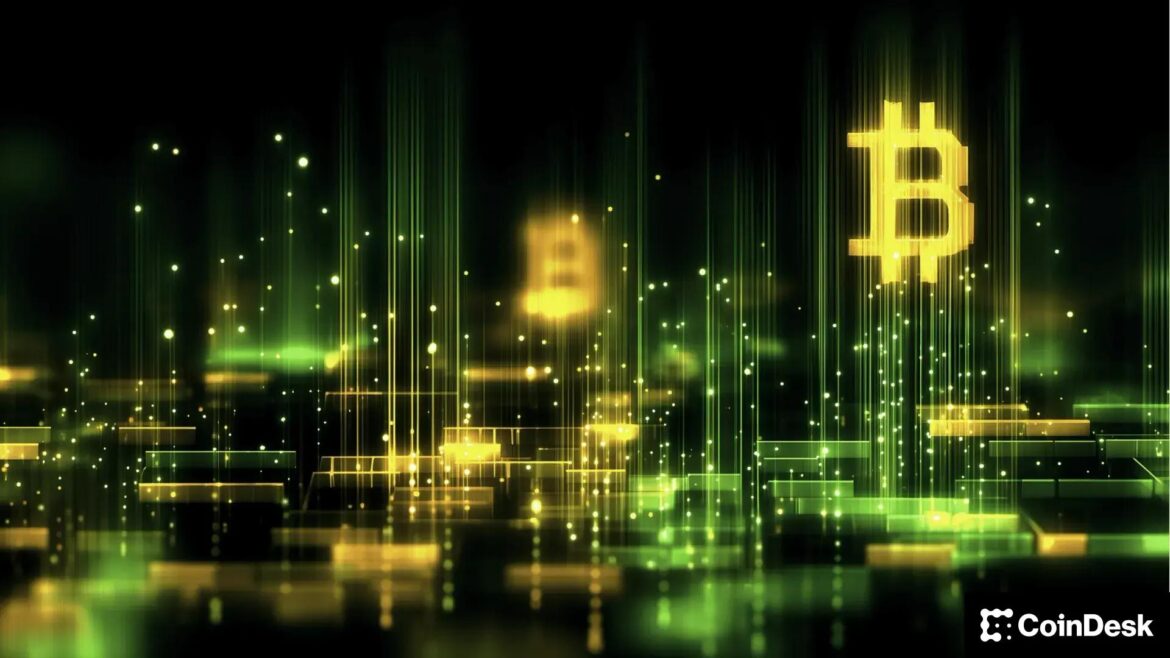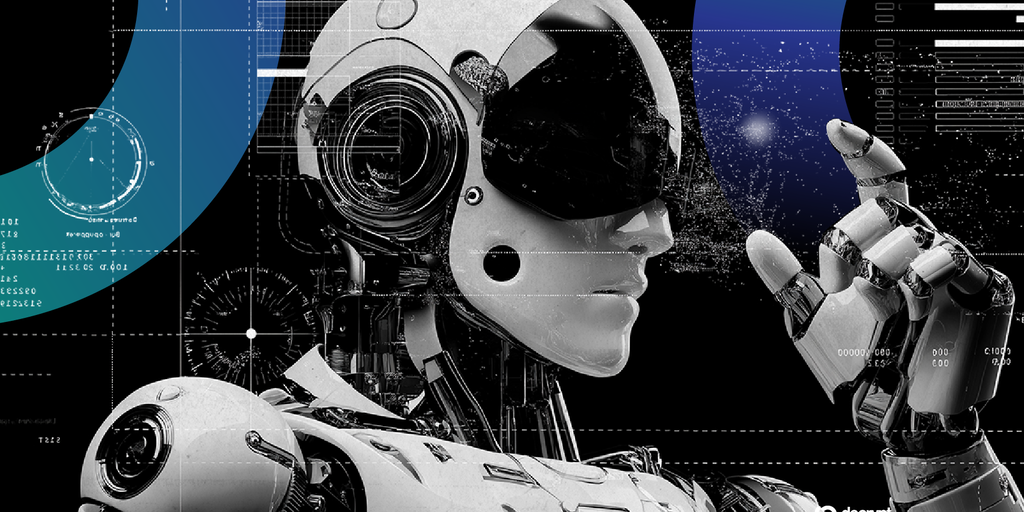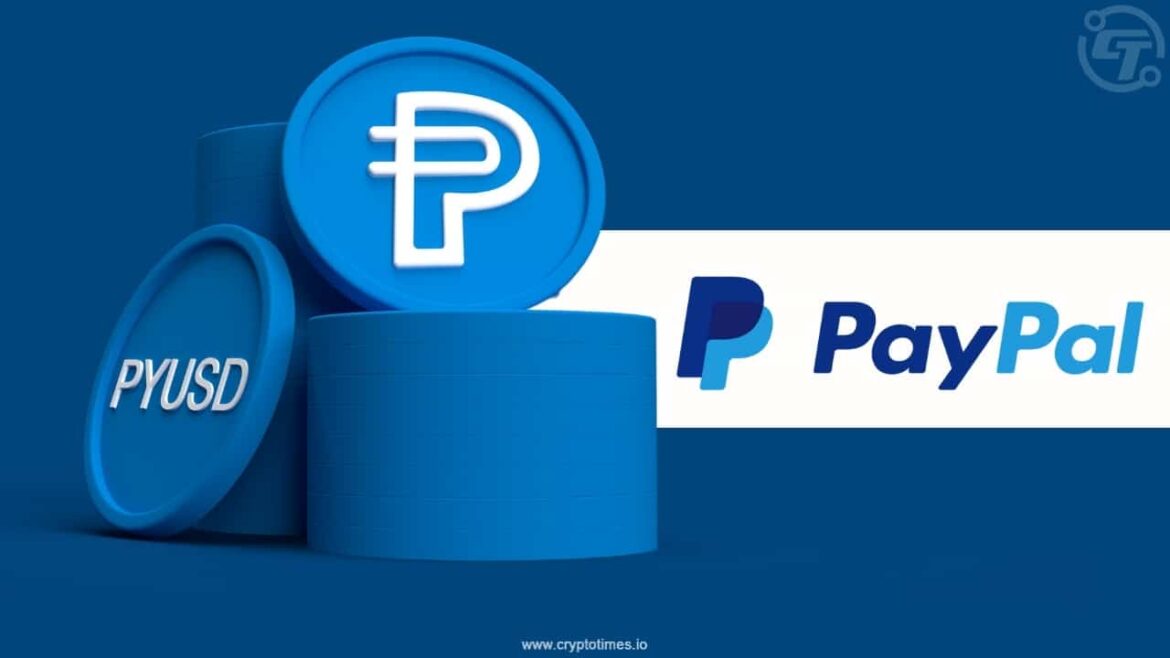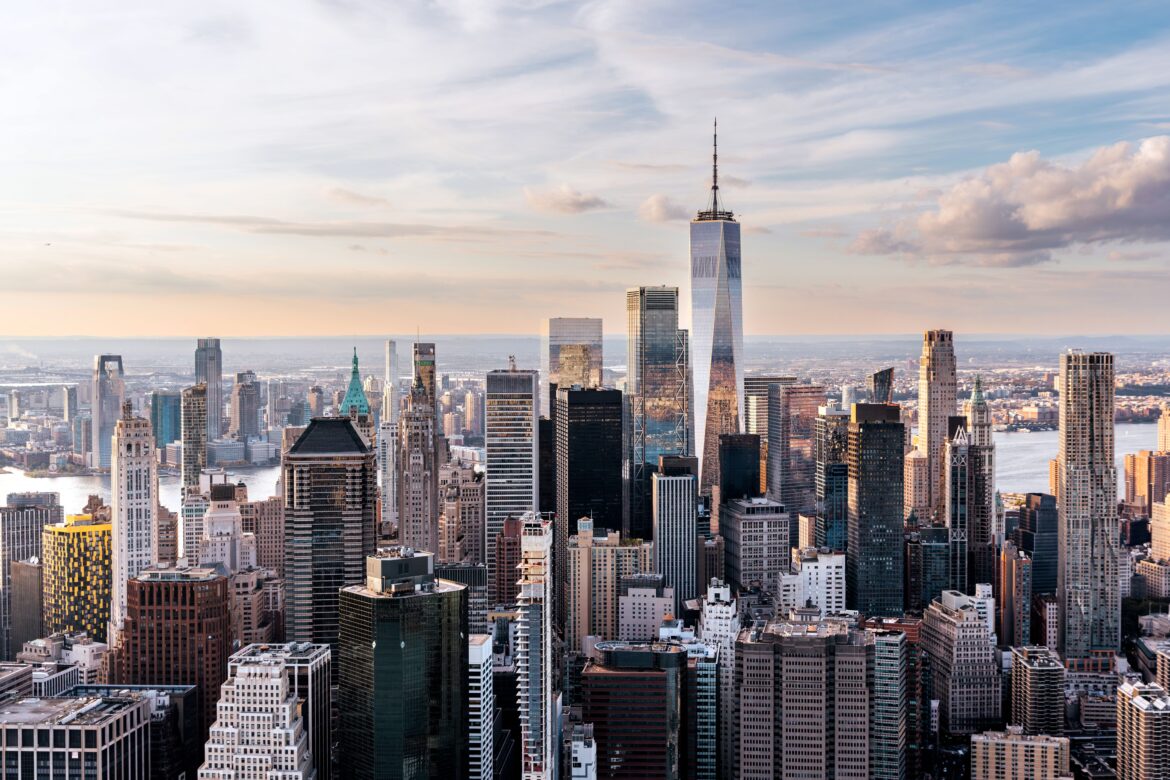Decentralized finance (DeFi) protocol Build on Bitcoin (more commonly known as “BOB”) unveiled a system that lets holders move their assets into decentralized trading apps with a single click, the company said on Tuesday.
“BOB Gateway” connects native Bitcoin to LayerZero’s “omnichain fungible token” (OFT) version of wrapped BTC, an asset issued by BitGo. The integration extends to 11 blockchains including Ethereum, Avalanche and Base, bringing access to nearly 15,000 decentralized apps that can now support direct Bitcoin deposits.
Until now, most of these blockchains lacked a straightforward way to connect to Bitcoin. Users often had to navigate complex bridging processes, which carried both technical friction and security risks.
With BOB Gateway, they can move between native BTC and wBTC.OFT in one step, a change that could make strategies such as yield farming or looping trades more accessible to retail and institutional investors alike.
Yield farming and looping supply liquidity to DeFi platforms, acting as the foundation for lending, borrowing, and trading. This process allows users to earn significant passive income. Making these trades easier with native BTC — the largest and most trusted digital asset — would mobilize a massive pool of capital, increasing DeFi’s liquidity, security, and overall market maturity.
More than $2.3 billion worth of wBTC.OFT has already been bridged across 67,000 transfers on LayerZero, the companies said. By enabling direct inflows from native BTC, the gateway could bring fresh liquidity into DeFi markets that rely on wrapped bitcoin as collateral or trading pairs.
Alexei Zamyatin, co-founder of BOB, said the update “makes wBTC.OFT instantly accessible” across supported chains, while LayerZero’s Simon Baksys described the move as adding utility to “one of the most trusted assets in crypto.”
The rollout includes Ethereum, Avalanche, Base, Unichain, Soneium, Bera, Optimism, Sei, Sonic and BOB itself, covering much of the current DeFi landscape.










